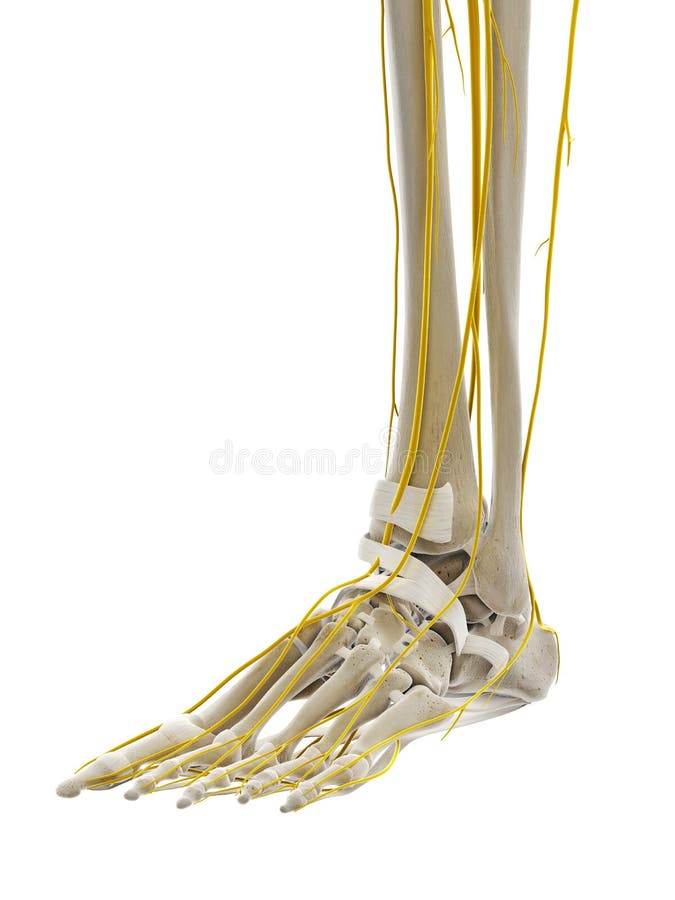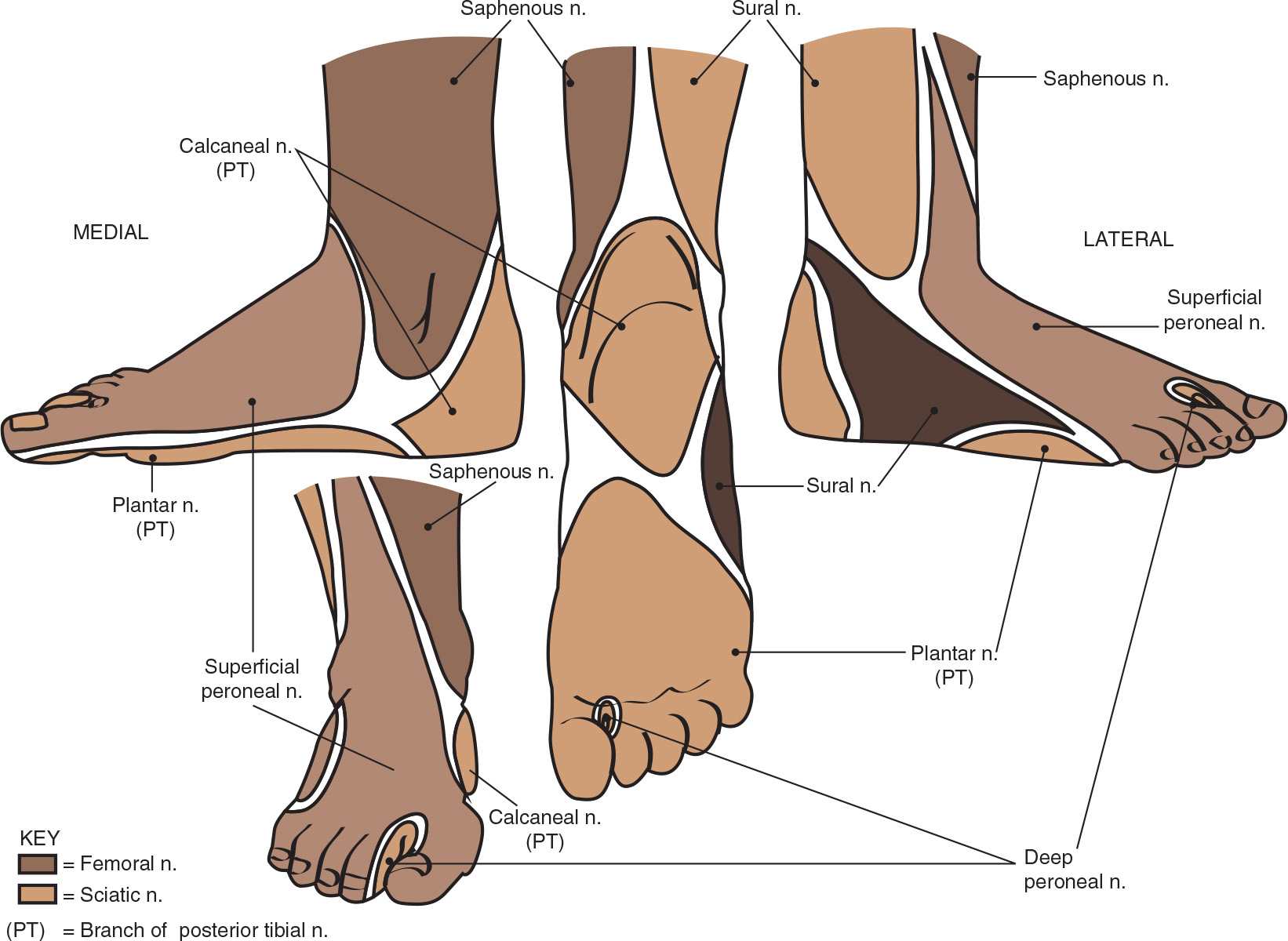

These earlier invitations may have given you some deep insights into some of the neural pathways connected to our spine: the core or centre of our body, which are waiting to be revisited or discovered. Inhale and exhale a few times and notice how the spine is being moved by the breath and how your hands connect into the tissues they are touching. Notice what happens.įinally, place one hand on the front of the breast bone and the other hand on the back of the ribs. Now, rest your hands onto the abdominals or the ribs at the front of the body, or perhaps one hand on the breast bone and the other on the lower abdominals and breathe. Then place your hands on the Earth, perhaps in a Downward Facing Dog or squatting, kneeling, or sitting with your hands resting on the Earth and again observe what arises. I would like you to tune in for a few minutes while standing on the Earth, possibly without shoes and socks, and begin to notice any sensations that arise. I’d like to share some simple enquiries for you to try, along with a few observations and interpretations that my teachers, friends and I have found along the way. Not only in my personal practice but also moving through life.

Main image: By Dr.The subject of the role of the hands and feet as part of our everyday movement patterns and exercise, poses a continuous enquiry for me. When you take your shoes off tonight, show your feet some love – they’re amazing! We often see our feet as simple levers that allow us to walk, however encased in your shoes your feet are actually subtle and flexible tools that enable us to do extraordinary things! This phenomenal feedback from our nerves enables us to carry out our everyday activities, without thinking about it. This ‘sixth sense’, or ‘proprioception’ includes the sense of position and movement of our limbs, the senses of muscle force and effort, and the sense of balance. Sense organs in our muscles and joints tell the brain when and exactly where our limbs are moving and how tense our muscles need to be. However our ability to sense where our body is in space is critical so we know where we are in our surroundings as well as to enable normal movement.Įven with our eyes shut we can touch our nose with any finger. We know there are the five basic senses-sight, hearing, smell, taste, and touch, which enable us to perceive the world around us. This remarkable nerve network is constantly transmitting this information and it takes just milliseconds for the impulses from your feet to reach your brain and for your brain to respond by making adjustments to muscles in your legs, back and arms. The sensory information from your feet not only protects from injury, but the nerve impulses received by your brain, will then in turn send messages to your muscles through the nerves to make subtle adjustments in your gait to protect bones and joints and to ensure you are moving efficiently. Standing may seem like it’s a simple task, but our nerves are relaying so many different impulses just to keep us upright – it’s this continuous feedback system between the soles of our feet up to our brain and then signals back to the muscles which are constantly detecting minute changes that allows us to balance. When standing and walking, the sole of your foot is the only part of your body in touch with the ground.
#Diagram of nerve endings in feet series#
Once the receptors are activated, a series of nerve impulses is triggered and transmitted to your brain.
#Diagram of nerve endings in feet skin#
This is possible because the skin on our feet contains an extensive network of nerve endings and touch receptors, which make them sensitive to many different kinds of stimuli such as pressure, temperature, vibrations or pain. However they are incredible, they act like our internal radio, constantly transmitting information to our brains with each step we take. It’s easy to think of our feet as ugly, smelly, embarrassing attachments at the end of our legs that do nothing else but hold us upright. Did you know there are more nerve endings in your feet than anywhere else in your body?


 0 kommentar(er)
0 kommentar(er)
